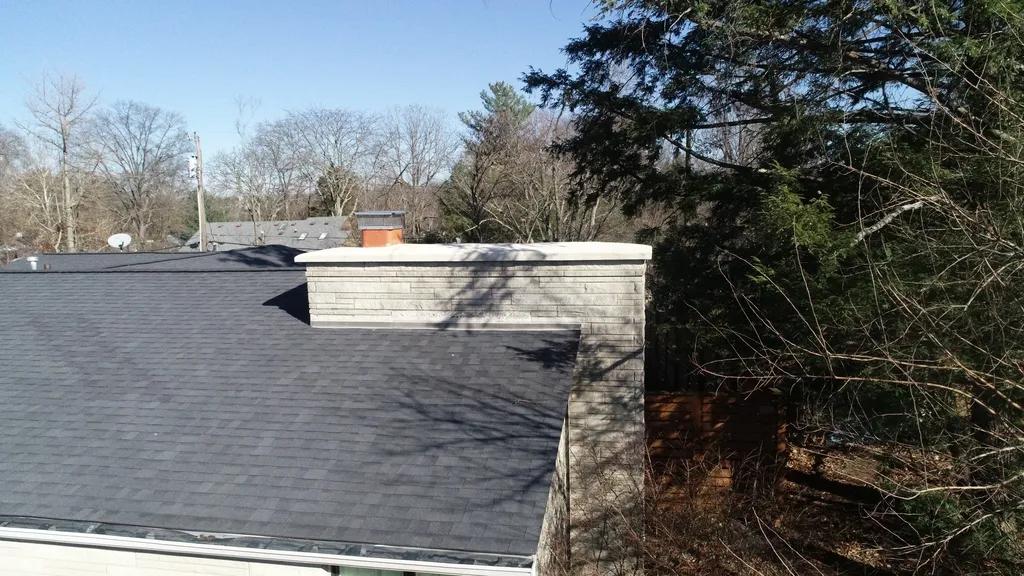Masonry structures are a hallmark of Kentucky’s architectural heritage, but over time, these buildings can deteriorate and require repair. In this essential guide, we will explore the best practices for maintaining and repairing masonry structures in Kentucky. From identifying common issues to implementing effective repair solutions, this guide will equip property owners and preservationists with the knowledge needed to protect Kentucky’s historic masonry buildings for generations to come.
Table of Contents
- Overview of Kentucky Masonry Structure Repair Techniques
- Common Causes of Masonry Structure Damage in Kentucky
- Steps for Properly Assessing and Planning Masonry Repairs
- Key Considerations for Hiring a Professional Masonry Repair Contractor
- Q&A
- In Summary

Overview of Kentucky Masonry Structure Repair Techniques
In Kentucky, masonry structures play a significant role in the architectural landscape. Over time, these structures may require repairs to maintain their integrity and aesthetic appeal. Understanding the various techniques available for masonry structure repair is essential for preserving these buildings for future generations.
Some common masonry structure repair techniques used in Kentucky include:
- Tuckpointing: This involves removing deteriorated mortar joints and replacing them with fresh mortar to prevent further damage.
- Brick Replacement: When bricks are cracked or damaged, they need to be carefully removed and replaced to ensure the structural integrity of the building.
- Waterproofing: Applying a waterproof sealant to masonry structures helps prevent water infiltration and protects against moisture damage.

Common Causes of Masonry Structure Damage in Kentucky
Masonry structures in Kentucky face a variety of challenges that can lead to damage over time. One common cause of damage is freeze-thaw cycles, where moisture gets into the masonry, freezes, expands, and then thaws, causing cracks and weakening the structure. Another common issue is settling of the foundation, which can lead to cracks, shifting, and instability in the masonry walls.
Additionally, environmental factors such as extreme temperatures, humidity, and pollution can also contribute to the deterioration of masonry structures in Kentucky. Regular inspections and maintenance are essential to prevent and address these issues before they escalate and lead to costly repairs.

Steps for Properly Assessing and Planning Masonry Repairs
Before embarking on any masonry repair project, it is crucial to properly assess the structure to determine the extent of the damage and plan out the necessary repairs. Follow these key steps to ensure a successful masonry repair process:
- Visual Inspection: Begin by conducting a visual inspection of the masonry structure to identify any visible cracks, gaps, or signs of deterioration.
- Assessment of Structural Integrity: Assess the structural integrity of the masonry by checking for leaning walls, bulging bricks, or any other signs of instability. This will help determine the extent of the repairs needed.
- Determine the Cause of Damage: Identify the root cause of the masonry damage, whether it be water infiltration, foundation settlement, or other structural issues, to prevent future issues.

Key Considerations for Hiring a Professional Masonry Repair Contractor
When hiring a professional masonry repair contractor in Kentucky, there are several key considerations to keep in mind to ensure that the job is done correctly and efficiently. One essential factor to consider is the contractor’s experience and expertise in masonry repair. Look for a contractor who has a proven track record of successfully repairing masonry structures similar to yours.
Additionally, it is important to inquire about the materials and techniques the contractor plans to use for the repair. A reputable masonry repair contractor will use high-quality materials and industry-standard techniques to ensure the longevity and structural integrity of the repaired masonry. Communication is also key when hiring a contractor, so be sure to discuss your expectations and any concerns upfront to avoid any misunderstandings during the repair process.
Q&A
Q: What are some common signs that indicate a masonry structure in Kentucky may be in need of repair?
A: Some common signs include cracks in the walls, leaning or bowing walls, water damage, and deteriorating mortar joints.
Q: How can I find a reputable masonry repair contractor in Kentucky?
A: It is recommended to do thorough research, read reviews, ask for referrals, and ensure the contractor is licensed and insured.
Q: What are some of the most common methods used for repairing masonry structures in Kentucky?
A: Some common methods include repointing mortar joints, replacing damaged bricks or stones, stabilizing leaning walls, and waterproofing.
Q: How important is it to address masonry structure repairs promptly in Kentucky?
A: It is crucial to address repairs promptly to prevent further damage and costly repairs in the future.
Q: Are there any preventative measures I can take to prolong the life of my masonry structure in Kentucky?
A: Keeping up with regular maintenance, ensuring proper drainage, and addressing any issues promptly can help prolong the life of a masonry structure.
In Summary
In conclusion, maintaining the structural integrity of Kentucky masonry buildings is crucial for their longevity and safety. By following the essential guide to masonry structure repair provided in this article, property owners can ensure that their buildings are well-maintained and able to withstand the test of time. From identifying common issues to addressing them with professional repair techniques, taking proactive steps towards maintaining masonry structures will ultimately save time and money in the long run. If you have any further questions or need assistance with masonry structure repairs, do not hesitate to contact a qualified professional for guidance and support. Thank you for reading and best of luck with your masonry maintenance efforts.


